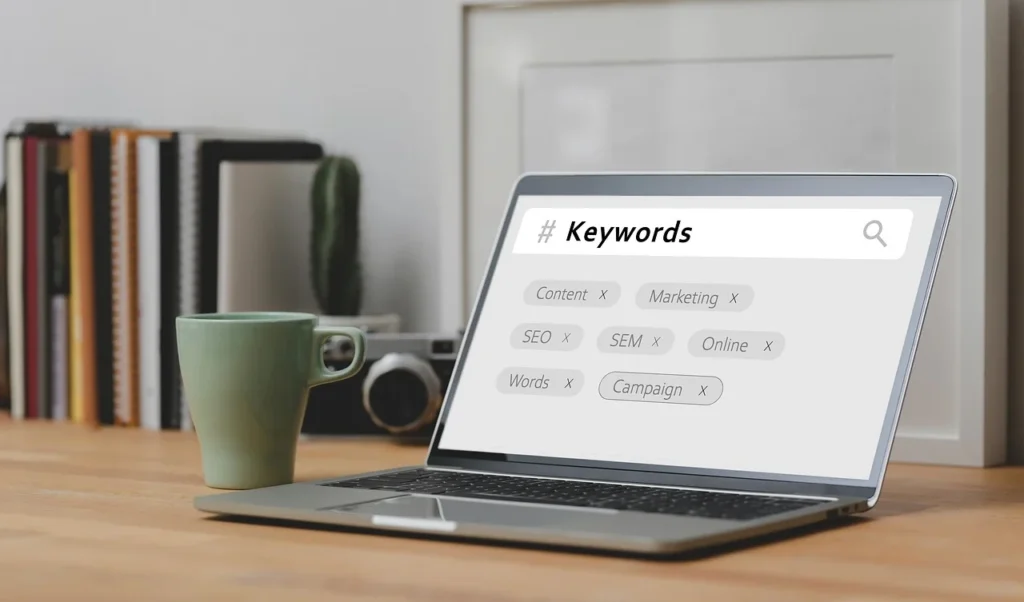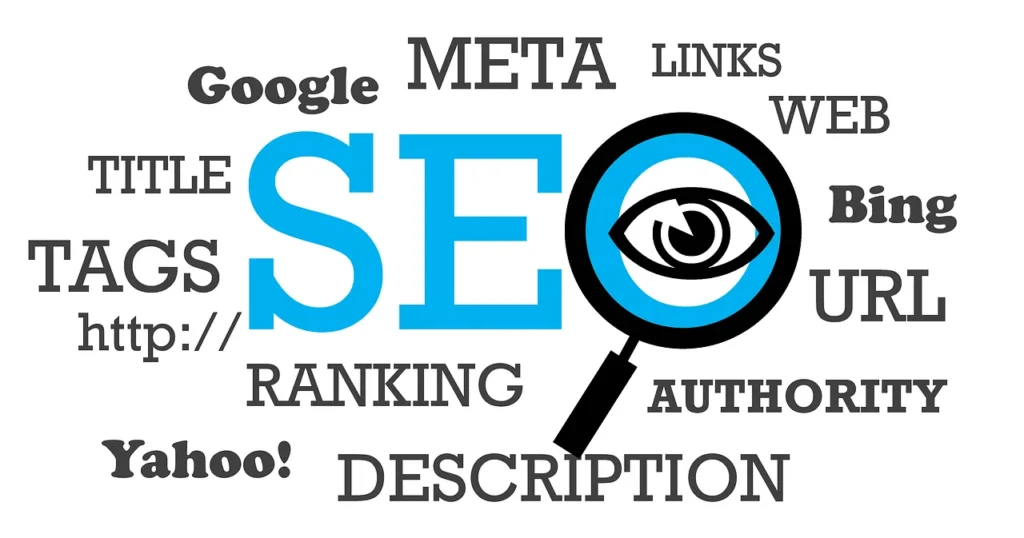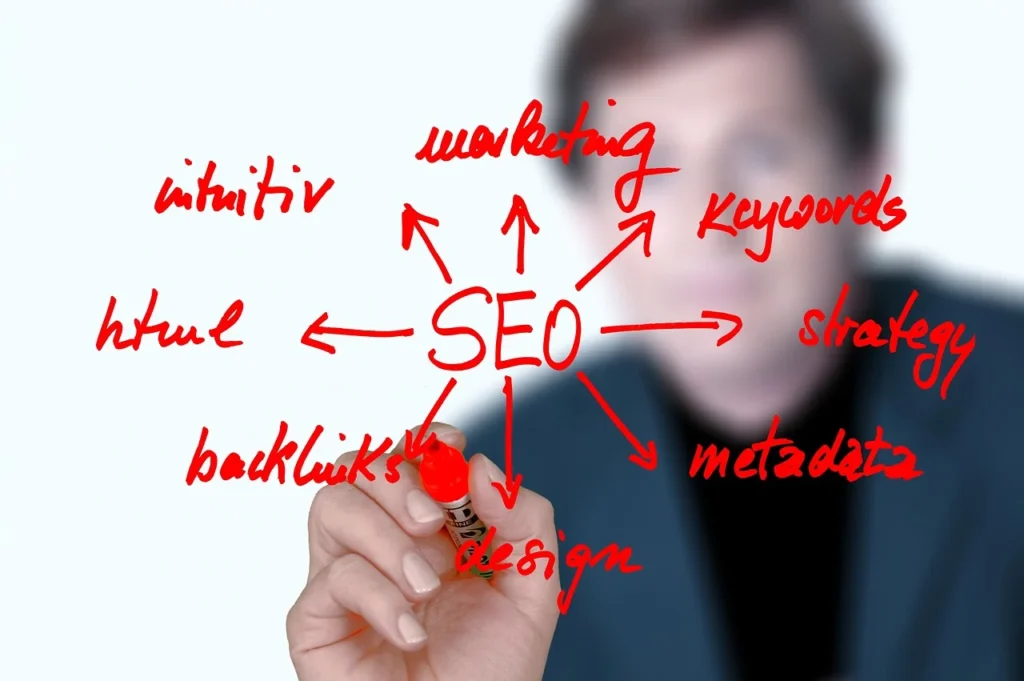In the dynamic realm of Search Engine Optimization (SEO), on-page optimization plays a pivotal role in enhancing a website’s visibility and search engine rankings. In this blog, we will explore key on-page SEO techniques, focusing specifically on title tags, meta descriptions, header tags, and image alt text optimization.

1. Title Tag Optimization: Crafting a Gateway to Your Content
The title tag is not just a mere label for your webpage; it’s the first impression you make on both search engines and users. To optimize your title tags effectively:
- Include Target Keywords: Integrate relevant keywords naturally to improve search engine understanding.
- Maintain Length: Aim for 50-60 characters to ensure visibility on search engine result pages (SERPs).
- Create Compelling Titles: Engage users with enticing, click-worthy titles that accurately represent your content.

2. Meta Description Best Practices: Elevate Click-Through Rates
Meta descriptions serve as a brief preview of your content on SERPs, influencing users’ decisions to click. Follow these best practices for meta description optimization:
- Be Descriptive: Summarize the page content concisely and compellingly.
- Encourage Action: Include a call-to-action to prompt users to click.
- Optimal Length: Aim for around 150-160 characters to avoid truncation.

3. Header Tags Optimization: Structuring Content for Readability and SEO
Header tags (H1, H2, etc.) contribute to both the visual and SEO aspects of your content. Optimize them for improved readability and search engine understanding:
- Hierarchy Matters: Use H1 for main headings, followed by H2, H3, etc., to create a logical structure.
- Incorporate Keywords: Include relevant keywords in your headers to reinforce content relevance.
- Balance Length: Keep headers concise and informative, breaking down content into digestible sections.

4. Image Alt Text Optimization: Enhancing Accessibility and SEO
Image alt text serves a dual purpose—it provides a description for visually impaired users and offers valuable information to search engines. Follow these guidelines for effective image alt text optimization:
- Describe Clearly: Write descriptive alt text that accurately represents the image.
- Incorporate Keywords: Include relevant keywords naturally, but avoid keyword stuffing.
- Consider Context: Ensure that the alt text complements the surrounding content and enhances overall context.

Conclusion: Crafting a Holistic On-Page SEO Strategy
In the ever-evolving landscape of SEO, mastering on-page optimization techniques is crucial for website success. By fine-tuning title tags, meta descriptions, header tags, and image alt text, you create a strong foundation for search engine visibility, user experience, and ultimately, higher rankings.
Stay tuned for more insights into the world of SEO, where each element plays a crucial role in enhancing your online presence and driving organic traffic to your website. Happy optimizing!
